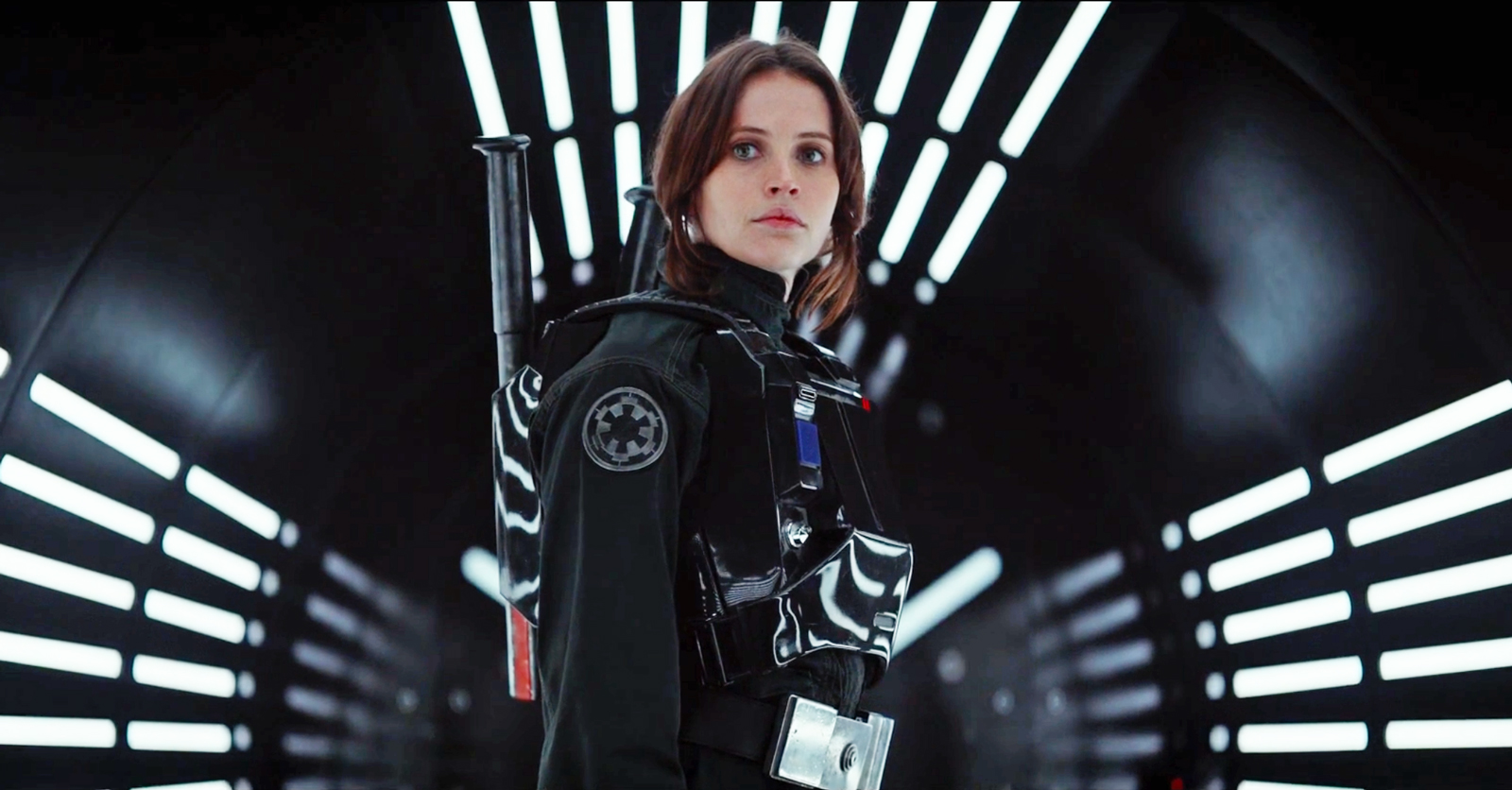Rogue One director delivered final film keynote speech at the SXSW Festival
When Gareth Edwards was a child, he knew exactly what he wanted to do when he grew up—he wanted to join the Rebel Alliance and help blow up the Death Star. But then his parents told him Star Wars was actually a lie, created by film. Having to change his career path, Edwards decided to become a professional liar himself and make movies.
His name might sound familiar. Maybe it’s because his first film, Monsters, which premiered at SXSW in 2010, did so well, considering its low budget. Or maybe it’s because he directed Godzilla in 2014.
But if his name is familiar, it’s probably because of his latest film, Rogue One: A Star Wars Story, which grossed over US$1 billion worldwide and was nominated for both Best Sound Mixing and Best Visual Effects at this year’s Academy Awards.
Edward’s success is indisputable, but it’s not like he took the express lane from dreaming about filmmaking to being at the helm of multi-million dollar mega-blockbusters. That’s something the director continually stressed during his keynote address at the SXSW Festival on March 13. It wasn’t a straight line to success, and he nearly gave up many times along the way.
For all of his current success, Edwards remains humble. And funny. He’s a geek who grew up to direct the franchise he grew up with and who worked hard to achieve what he has. During his keynote, he spoke about the hectic nature of filmmaking, the unforgiving tight shooting schedules and of accidentally walking onto the wrong set. But the main point he wanted to stress to the audience was to continue working towards your dreams and goals until you achieve them.
Edwards said he wanted more than anything to emulate the trajectory of his hero, Steven Spielberg. He had a checklist he wanted to follow: make films with Dad’s camera, get into film school, make a professional short, direct his first movie.
But when he didn’t get to check that last step of directing his first movie, Edwards felt as if he had failed. So he bought the new supercomputer of the era, running on the high-tech Windows 95, and started tinkering with visual effects (VFX) software.
“I did lots of these silly things like animating dinosaurs and robots and putting them in my parent’s driveway,” said Edwards. “And I’d go for job interviews in London and try to get directing work, and they would watch my short films and be very unimpressed. And then suddenly these robots and dinosaurs would turn up at the end and they’d go ‘well what are these?’”
The animations baffled the studio representatives. They were paying exorbitant amounts for professionals to create these realistic, ground-breaking animations, while Edwards could make the same high-quality productions at a fraction of the cost in his bedroom. What initially started out as a fun experiment soon turned into a career. He soon earned a reputation at the BBC as the kid who makes graphics in his bedroom.
Although working in VFX allowed him to work in the movie industry, it also made him idle on his goal of directing a film. His fear of failure made him play it safe, and so, for a time, Edwards concentrated on buying the newest software upgrades, getting the latest lens and, ultimately, postponing his dream.
But in the end, his fear of failure was met head on with his fear of never having tried. And so, with funding from a studio in London which specialized in low-budget feature films, Edwards launched into making his first feature, Monsters, which screened at SXSW and launched his career as a filmmaker. He was eventually was picked up by Legendary Entertainment.
Edwards shared a handful of funny stories during his keynote address, such as the time he rushed onto the set of Planet of the Apes instead of Godzilla, or how he was late to almost every meeting with potential production companies post-Monsters.
But perhaps one of the funniest stories he told was of how he picked the name for a planet in Rogue One. While on break at a well-known international coffee chain, the barista misspelled his name, writing ‘Scarif’ instead of ‘Gareth’ on his cup. And thus, the military planet in the third act of Rogue One was named.
Edwards also admitted to giving himself one cameo in Rogue One. At the end of the film, when Vader is wreaking havoc on the ship and killing everyone in sight, one guy runs down the hall, and pulls down a lever which launches a ship away, saving the entire rebellion. That guy was Edwards.
But for all of his jokes and quips, Edwards was serious about one thing: “Never ever, ever listen to anybody who tells you something is impossible, because if you never give up, you sometimes can join the Rebel Alliance and help blow up the Death Star.”
